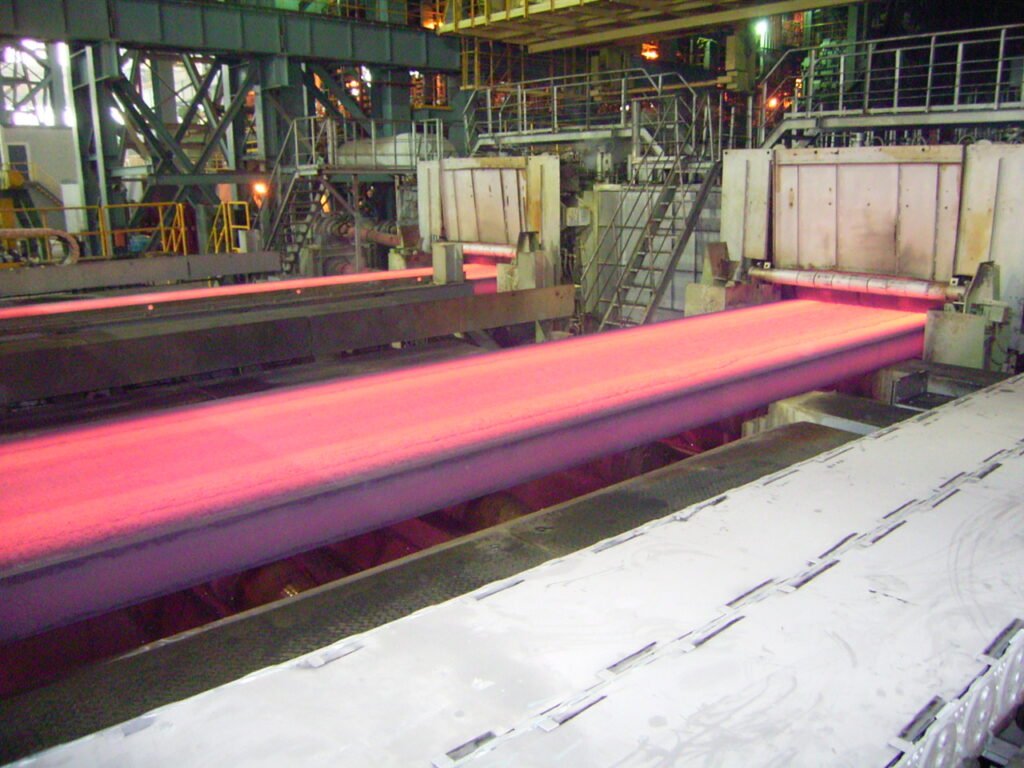Aluminum die casting is a manufacturing process that injects molten aluminum into a steel mold under high pressure to create precise, durable metal components. Imagine you’re engineering lightweight parts for automotive assemblies, but traditional methods lead to inconsistencies and higher weights that compromise performance. This frustration often results in costly redesigns and delays in production timelines. Fortunately, die casting aluminum parts offers a reliable solution by delivering complex shapes with excellent dimensional accuracy and strength, streamlining your project from prototype to mass production .
What Defines the Aluminum Die Casting Process?
The aluminum die casting process involves injecting molten aluminum alloy into a reusable steel die under high pressure, allowing for rapid solidification and the production of intricate die casting aluminum parts. You start by preparing the die, which consists of two halves clamped together in a machine. Molten aluminum, heated to around 660-700°C, gets forced into the die cavity at pressures up to 25,000 psi. Once cooled, the die opens, and the part ejects for finishing.

How Does Preparation and Injection Work?
Here’s the deal: Die preparation ensures precision from the outset. Engineers design the die with cores and slides for complex features, then lubricate it to aid ejection.
- Use high-grade steel for dies to withstand repeated cycles.
- Incorporate vacuum systems to reduce air pockets and improve part integrity.
- Preheat the die slightly to control cooling rates.
After setup, ladle molten aluminum into the shot chamber for injection. This step demands exact timing to avoid defects like porosity.
What Happens During Cooling and Ejection?
Cooling solidifies the metal quickly, typically in seconds, thanks to water channels in the die. You might be wondering how ejection maintains quality.
The moveable die half pulls away, and ejector pins push out the part. Trimming removes excess material like gates and flash.
- Inspect for surface flaws immediately post-ejection.
- Recycle scrap aluminum to minimize waste.
- Apply initial machining if needed for tight tolerances.
Key Takeaway: Mastering cooling and ejection minimizes defects, ensuring your die casting aluminum parts meet stringent specs every time.
What Are the Primary Advantages of Aluminum Die Casting?
Aluminum die casting provides superior strength-to-weight ratios, corrosion resistance, and high-volume production efficiency for creating reliable die casting aluminum parts. This method excels in producing thin-walled components with smooth finishes, reducing the need for secondary operations. Its thermal and electrical conductivity makes it ideal for demanding applications. Plus, the process supports intricate designs that other methods struggle with.
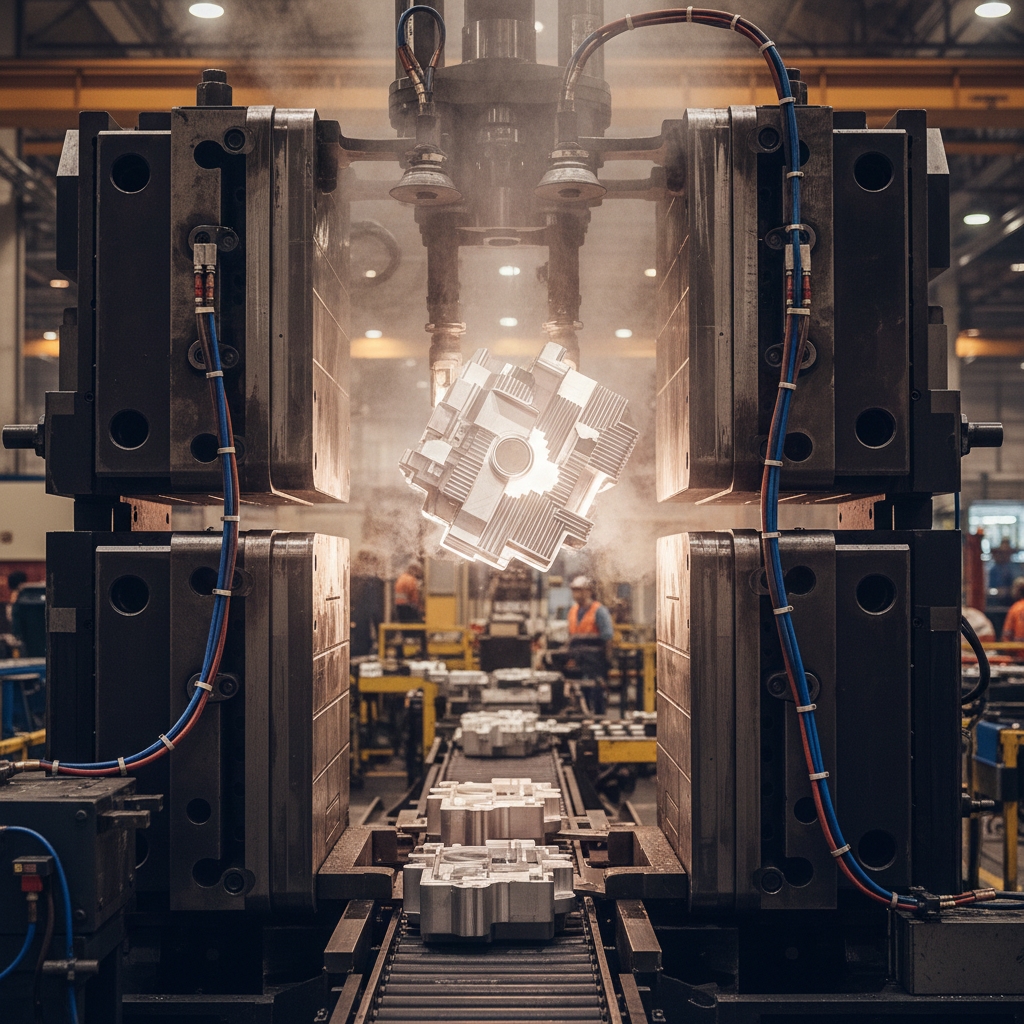
Why Choose Aluminum for Strength and Lightweight Design?
Aluminum alloys offer densities around 2.7 g/cm³, far lighter than steel, yet retain impressive tensile strengths up to 400 MPa. But wait, there’s more: You gain durability without added bulk.
- Enhances fuel efficiency in vehicles.
- Reduces overall assembly weight in electronics.
- Maintains structural integrity under stress.
These traits cut material costs while boosting performance.
How Does It Support High-Volume Production?
The cycle time per part often falls under 30 seconds, enabling thousands of units daily. Ready for the good part? Dies last 100,000+ cycles with proper maintenance.
Automation integrates seamlessly, lowering labor needs. This scalability suits your large-scale needs perfectly.
Key Takeaway: The advantages position aluminum die casting as a go-to for efficient, high-quality part manufacturing.
How Has the History of Die Casting Shaped Modern Practices?
The history of die casting dates back to the 1830s with early manual machines for type printing, evolving into high-pressure automated systems by the 20th century for producing advanced die casting aluminum parts. Initial experiments used tin and lead, but aluminum’s adoption in the 1900s revolutionized industries like automotive. World War II accelerated innovations in alloys and machinery. Today, computer-aided design refines the process further.
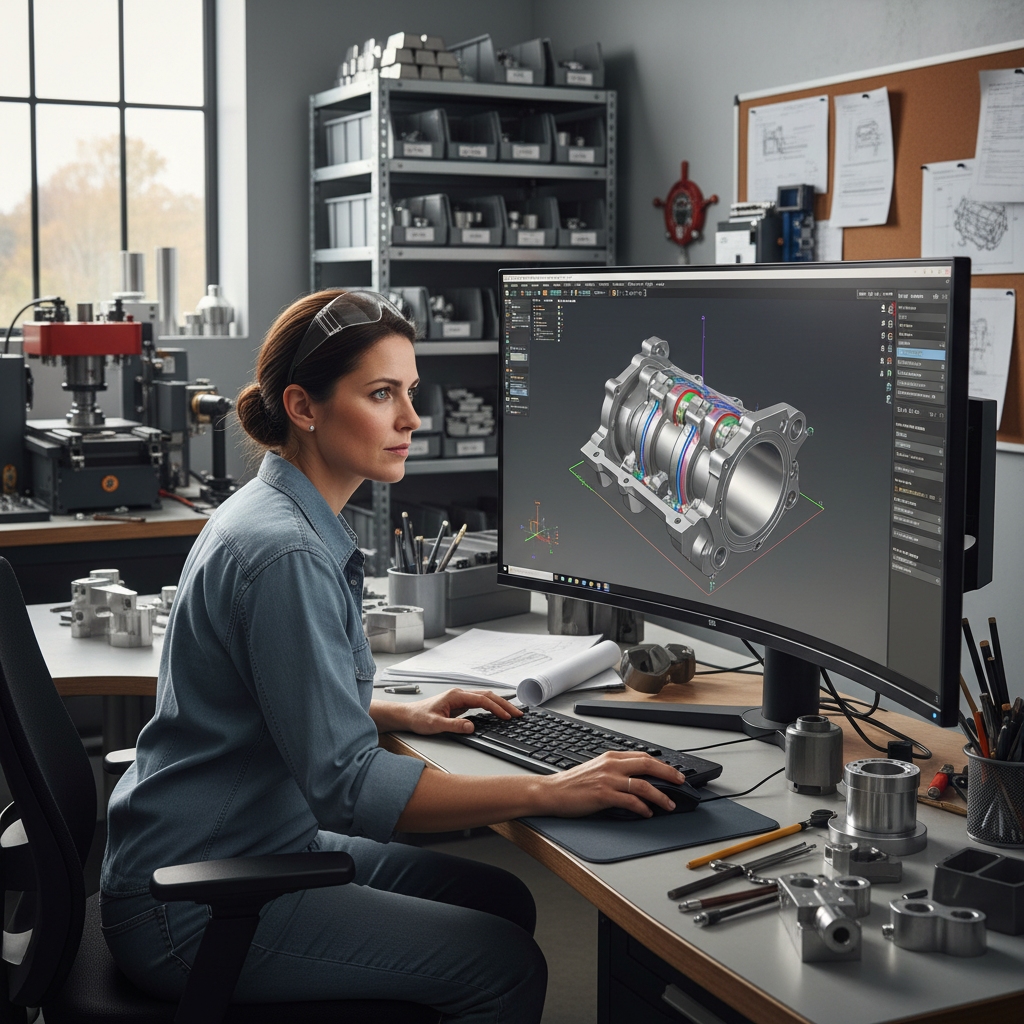
What Early Innovations Set the Foundation?
In 1849, a patent for a hand-operated machine marked the start. What’s the real story? It focused on precision for movable type.
- Shifted from low-pressure to high-pressure injection in the 1880s.
- Aluminum entered via aviation needs in the early 1900s.
- Zinc alloys followed, expanding material options.
These steps built reliability into the craft.
How Did 20th-Century Advances Transform It?
Post-WWII, hydraulic machines boosted speeds and pressures. You now see CAD integration for die design.
Alloy developments improved fluidity and strength. Global standards emerged for quality.
Key Takeaway: Historical progress ensures today’s die casting meets complex industrial demands effectively.
What Materials and Alloys Are Ideal for Die Casting Aluminum Parts?
Common materials for die casting aluminum parts include alloys like A380, which balances fluidity, strength, and corrosion resistance for versatile applications. These alloys, primarily aluminum-silicon-copper blends, melt at lower temperatures to fill dies efficiently. Purity levels affect final properties, with secondary alloys offering tighter controls. Selection depends on your part’s end-use requirements.
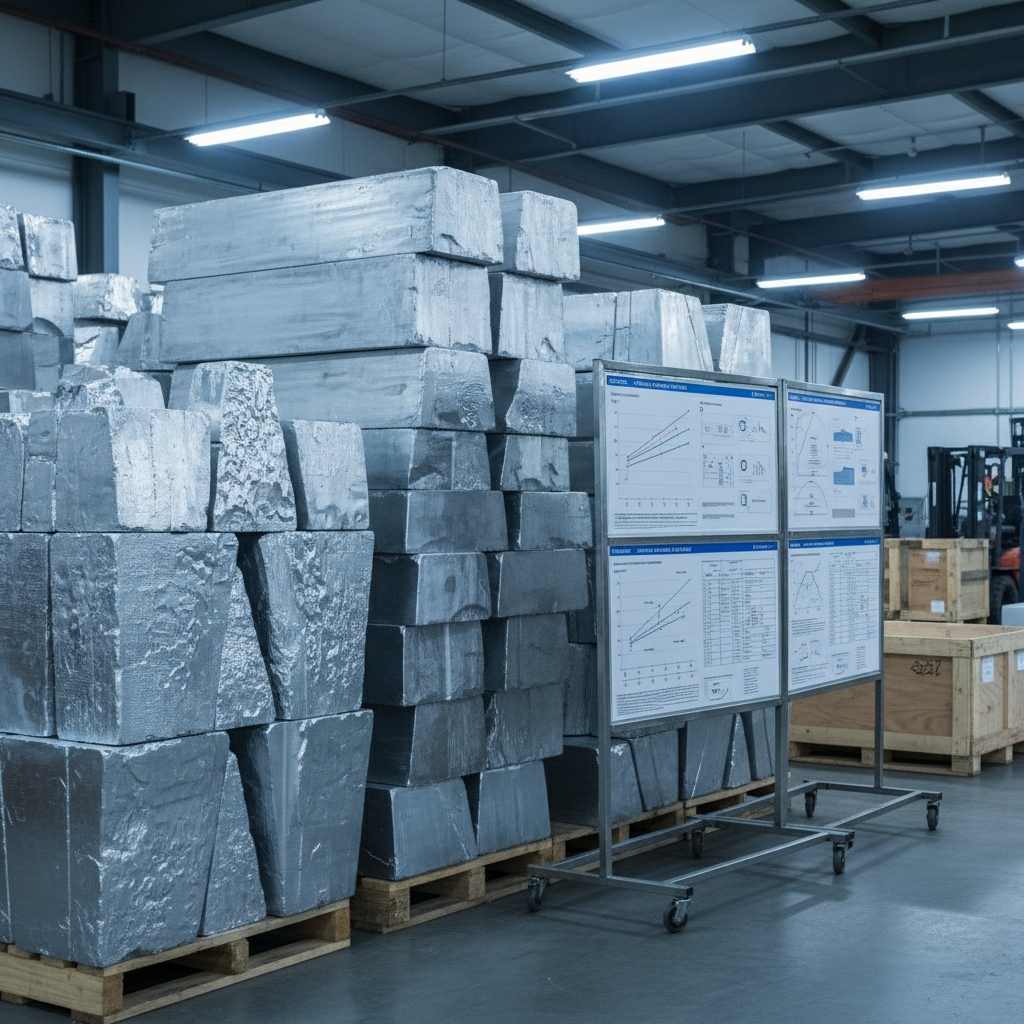
Which Alloys Provide the Best Performance?
A360 suits electrical components due to high conductivity. This is where it gets interesting: A413 excels in pressure-tight parts.
- A380: Versatile for general engineering.
- 383: Enhanced machinability.
- ADC12: Common in Asia for cost-effectiveness.
Match alloys to your specs for optimal results.
How Do Alloy Properties Influence Part Quality?
Silicon improves castability, while copper boosts strength. You might be wondering about heat treatment effects.
Post-casting, treatments enhance ductility. This refines microstructures for longevity.
Key Takeaway: Choosing the right alloy ensures die casting aluminum parts deliver peak performance and durability.
What Are Common Applications for Die Casting Aluminum Parts?
Die casting aluminum parts find widespread use in automotive, aerospace, and consumer electronics for components like housings and brackets that demand precision and lightness. These parts enable complex geometries in engines, transmissions, and device casings. Their recyclability appeals to sustainable designs. Industries value the process for consistent quality in high-stakes environments.

Why Is It Popular in Automotive and Aerospace?
In cars, it forms pistons and wheels for weight savings. Here’s the kicker: Planes use it for structural fittings.
- Reduces fuel consumption by 10-15%.
- Withstands vibrations and temperatures.
- Meets FAA standards for safety.
This drives efficiency across sectors.
How Does It Serve Electronics and Machinery?
Phone frames benefit from thin walls and EMI shielding. But here’s the deal: Pumps rely on it for impellers.
Integration with assemblies simplifies production. Durability extends service life.
Key Takeaway: Applications highlight versatility, making die casting aluminum parts essential for modern innovation.
What Design Considerations Optimize Die Casting Aluminum Parts?
Effective design for die casting aluminum parts emphasizes uniform wall thickness, draft angles, and fillet radii to prevent defects and ensure smooth ejection. You must account for shrinkage rates around 0.5-1% during cooling. Tooling costs influence decisions, so simulate fills early. Balancing aesthetics with functionality yields manufacturable designs.
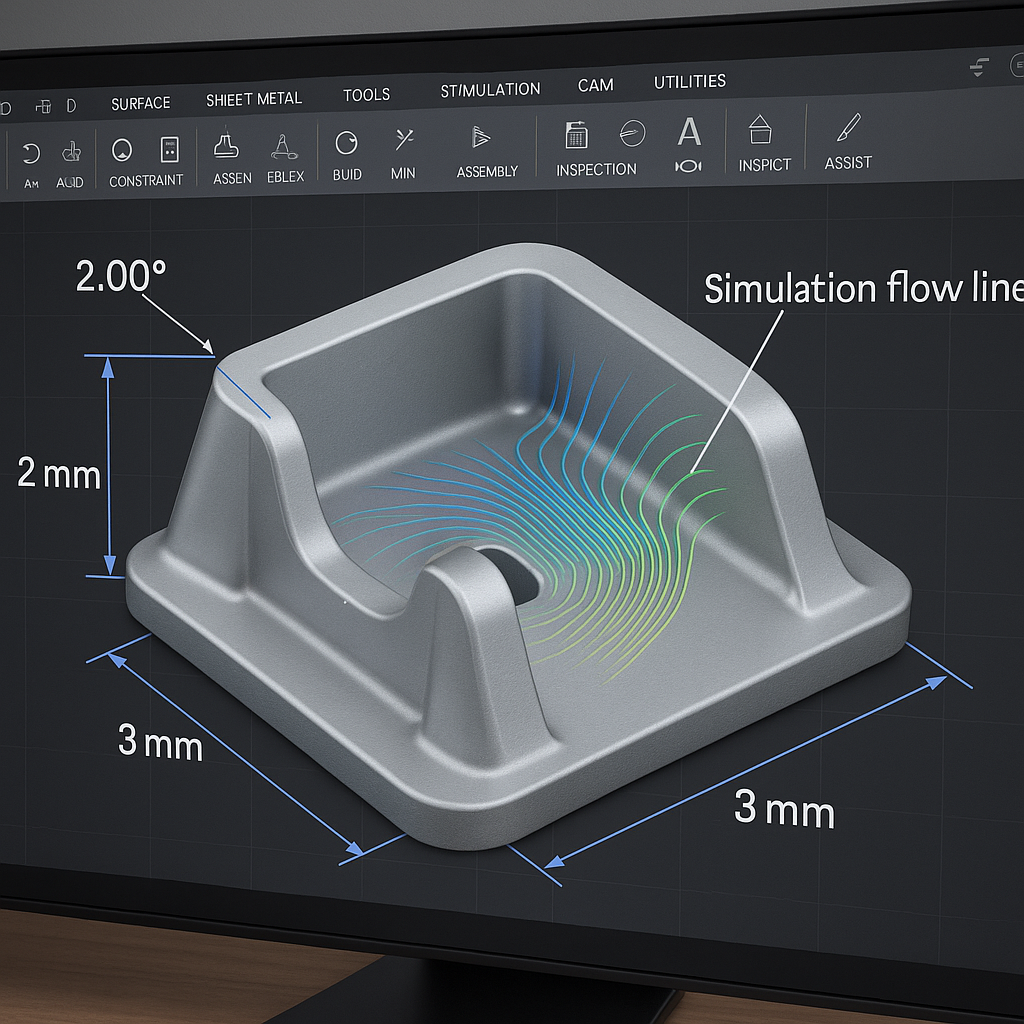
How Can You Avoid Common Defects in Design?
Incorporate vents to escape gases. Ready for more? Avoid sharp corners that trap air.
- Use 1-2° draft for easy release.
- Limit wall variations to 2:1 ratios.
- Position gates for even flow.
These prevent porosity and warping.
What Role Does Simulation Play in Your Process?
CAE software predicts flow and solidification. What’s the catch? It cuts iterations by 30%.
Validate prototypes quickly. This saves time and resources.
Key Takeaway: Thoughtful design turns challenges into strengths for superior die casting aluminum parts.
How Do Quality Control Processes Ensure Die Casting Aluminum Parts Excellence?
Quality control in die casting aluminum parts involves rigorous inspections like X-ray and dimensional checks to detect flaws early and maintain standards. Processes start with raw material analysis and continue through final testing. Statistical methods track variations. Certification like ISO 9001 guides consistent outcomes.
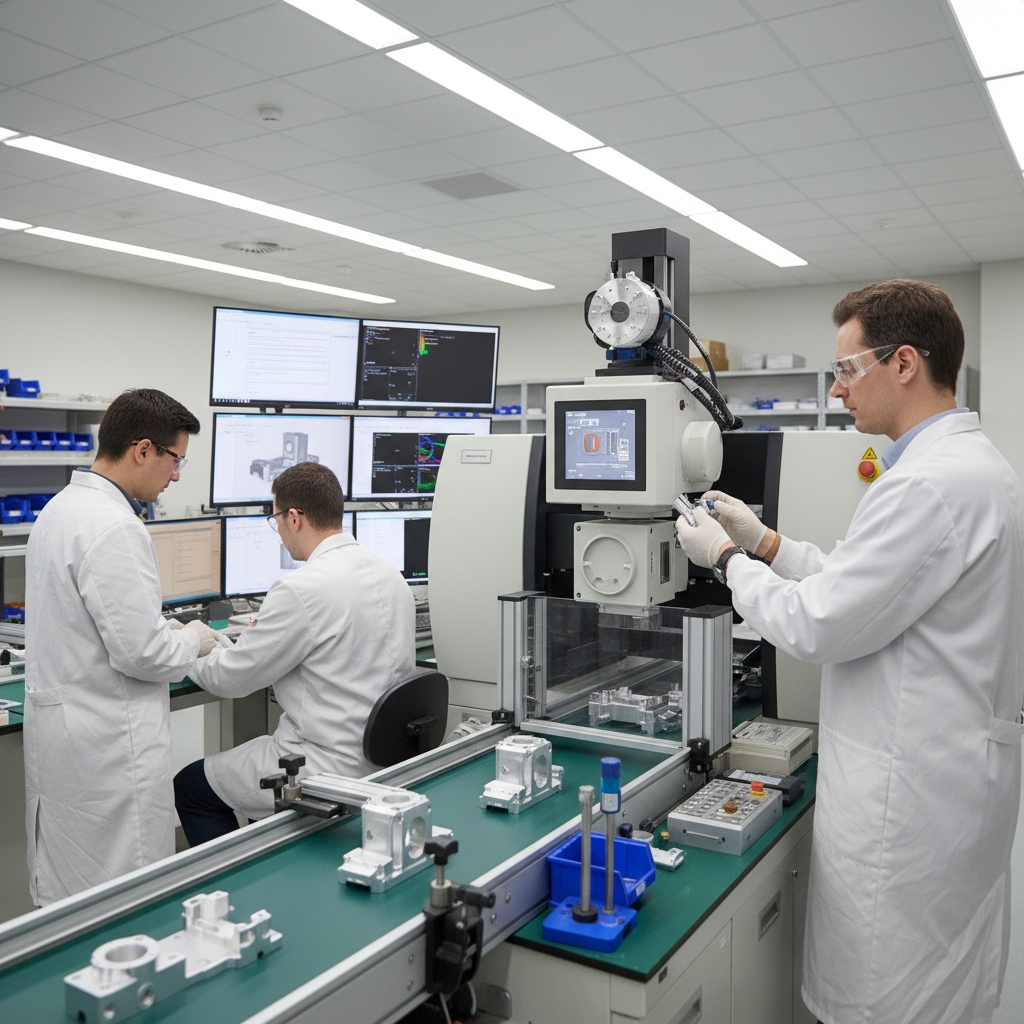
What Testing Methods Detect Internal Flaws?
X-ray reveals voids non-destructively. You might be wondering about surface checks.
- Dye penetrant spots cracks.
- Ultrasonic tests thickness.
- Hardness measures treat effects.
These ensure integrity.
How Does Ongoing Monitoring Benefit Production?
SPC charts flag trends. This changes everything: Real-time adjustments minimize scrap.
Document everything for traceability. Compliance builds trust.
Key Takeaway: Robust controls guarantee die casting aluminum parts reliability for your operations.
What Cost Factors and Benefits Drive Die Casting Aluminum Parts?
Cost factors for die casting aluminum parts include tooling at
10,000−10,000-10,000−
100,000 upfront, offset by low per-unit prices under $1 for high volumes. Benefits encompass reduced machining and faster cycles, yielding 20-50% savings over alternatives. Material efficiency cuts waste. Long-term, it lowers lifecycle expenses through durability.
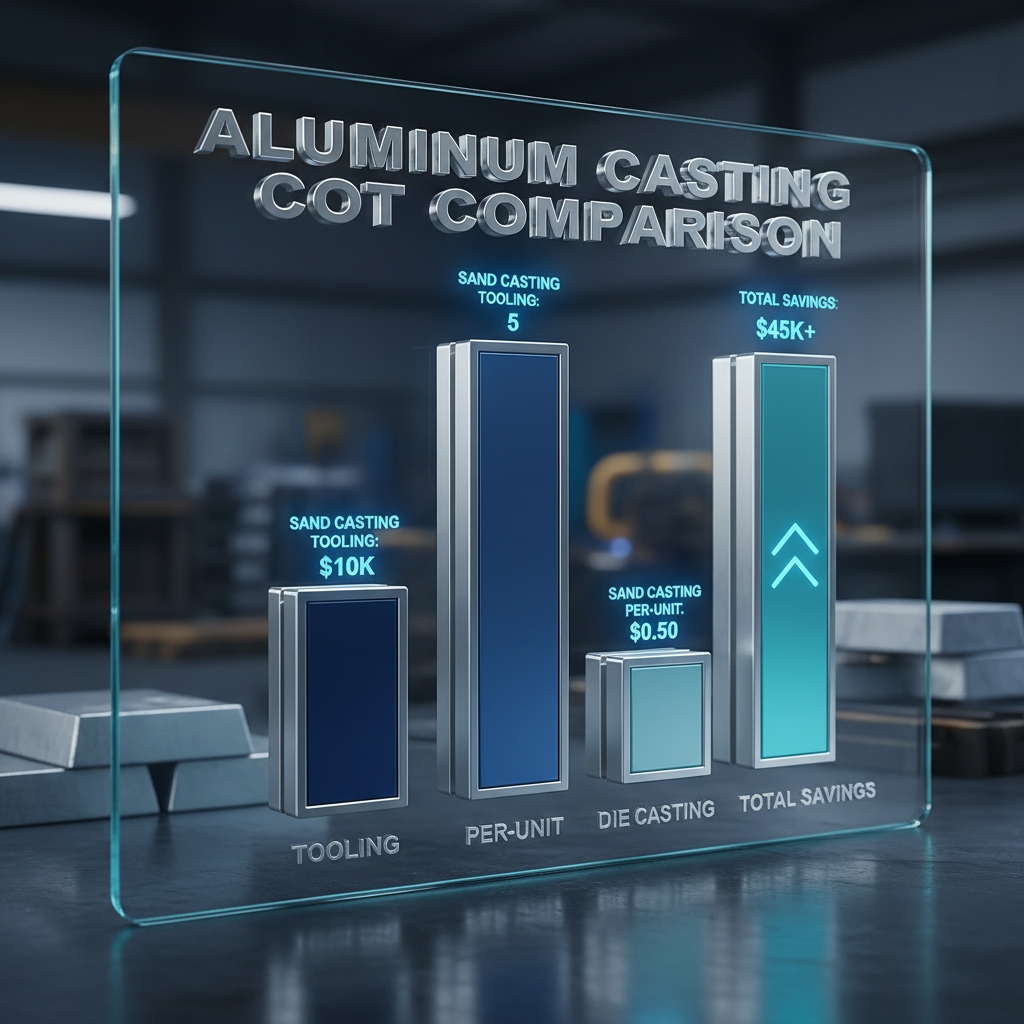
How Do Upfront Investments Pay Off?
Tooling amortizes over runs. Here’s the real value: Economies scale with quantity.
- High volumes drop to cents per part.
- Less post-processing saves labor.
- Recyclable scrap recovers 90% value.
This boosts ROI quickly.
What Long-Term Savings Can You Expect?
Durability extends part life by 2-3x. But wait: Energy-efficient production aligns with green goals.
Fewer failures reduce downtime. Overall, it streamlines supply chains.
Key Takeaway: Strategic costing reveals die casting aluminum parts as a smart economic choice.
What Environmental Impacts Arise from Die Casting Aluminum Parts?
Die casting aluminum parts promotes sustainability through 95% recyclable aluminum, reducing virgin material needs and energy by 95% in recycling. Processes generate minimal waste, with closed-loop systems capturing emissions. Water usage stays low via efficient cooling. Compliance with regs like RoHS ensures eco-friendliness.

How Does Recycling Mitigate Resource Use?
Aluminum recycles infinitely without quality loss. What’s next? Closed systems reuse melt.
- Cuts CO2 by 9 tons per ton recycled.
- Lowers mining demands.
- Supports circular economies.
This preserves resources effectively.
What Steps Minimize Emissions in Production?
Vacuum assists reduce dross. You see, it matters: Filters capture fumes.
Energy-efficient furnaces help. Certifications verify green practices.
Key Takeaway: Eco-conscious approaches make die casting aluminum parts a forward-thinking option.
What Alternatives Exist to Die Casting for Aluminum Parts?
Alternatives to die casting for aluminum parts include sand casting for low volumes and investment casting for intricate details, each with trade-offs in cost and precision. Sand offers flexibility but rougher finishes, while investment provides tight tolerances at higher prices. Forging suits high-strength needs but limits complexity. Choose based on your production scale and requirements.
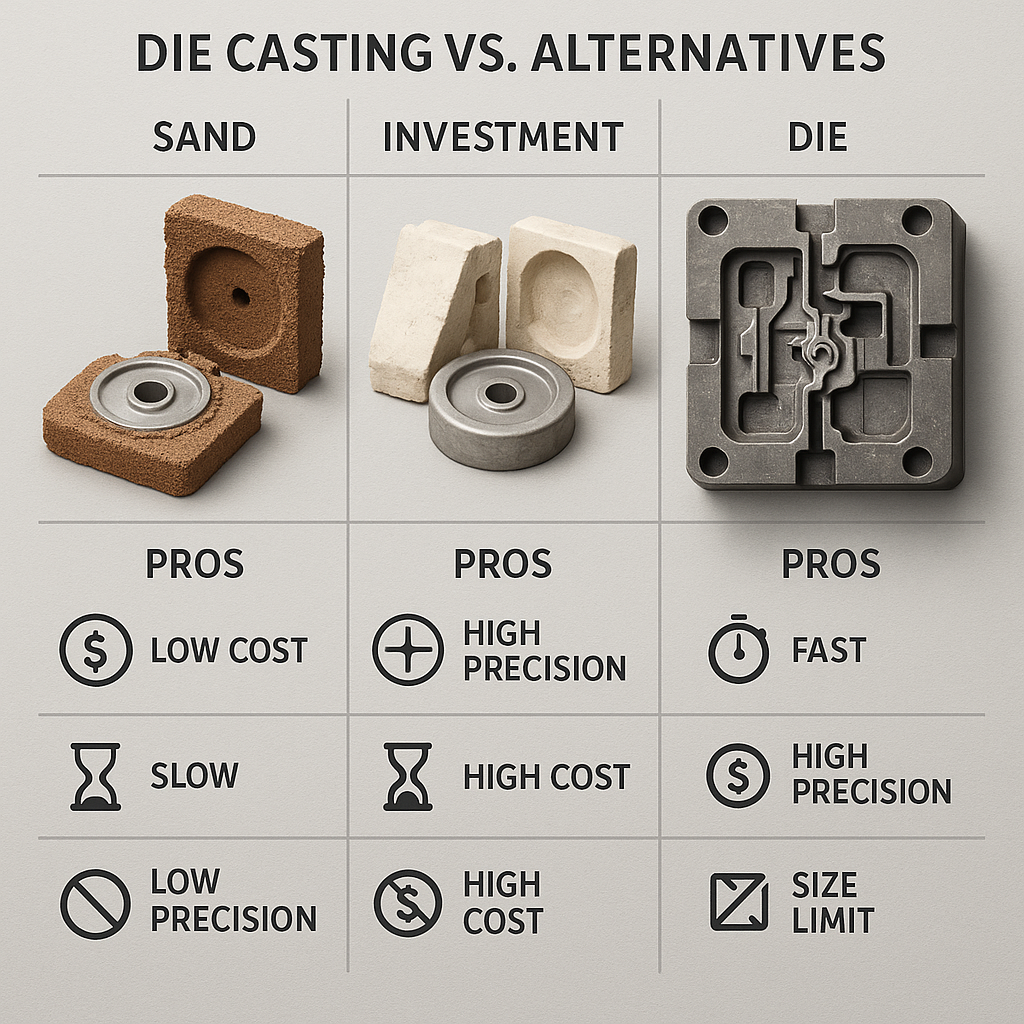
Investment Casting Surface Treatments
When Should You Opt for Sand Casting?
Ideal for prototypes under 100 units. Here’s why: No expensive dies needed.
- Handles large parts easily.
- Versatile for alloys.
- Lower initial costs.
But expect more finishing work.
How Does Investment Casting Compare?
It excels in undercuts and thin walls. The difference? Wax patterns allow precision.
Suited for small batches. Finishes rival die casting.
Key Takeaway: Alternatives complement die casting, tailoring to your specific project needs.
In summary, aluminum die casting delivers precision, efficiency, and versatility for demanding parts, solving challenges in weight, durability, and production speed. At Precision Vast, we offer end-to-end solutions from design to finishing, embodying our vision of excellence in precision manufacturing. Overcome your fabrication hurdles— contact us today to explore custom die casting aluminum parts that elevate your projects.
FAQ
Can I use die casting aluminum parts for high-temperature applications? Yes, select heat-resistant alloys like A356, which maintain strength up to 300°C, ensuring reliability in engines or exhaust systems without deformation.
What’s the best alloy for corrosion-resistant die casting aluminum parts? A380 works well generally, but for marine exposure, choose 514.0 due to its superior magnesium content that forms a protective oxide layer.
How do I know if die casting aluminum parts suit my production volume? Assess if you need over 1,000 units; die casting shines here for cost efficiency, but for prototypes, consider alternatives like 3D printing to test designs first.
Can I customize surface finishes on die casting aluminum parts? Absolutely, options like anodizing or powder coating enhance aesthetics and protection, tailored to your specs for improved wear resistance in industrial settings.
What’s the lead time for developing die casting aluminum parts? Typically 4-8 weeks for tooling and trials, depending on complexity, allowing quick scaling once validated for your assembly lines.



